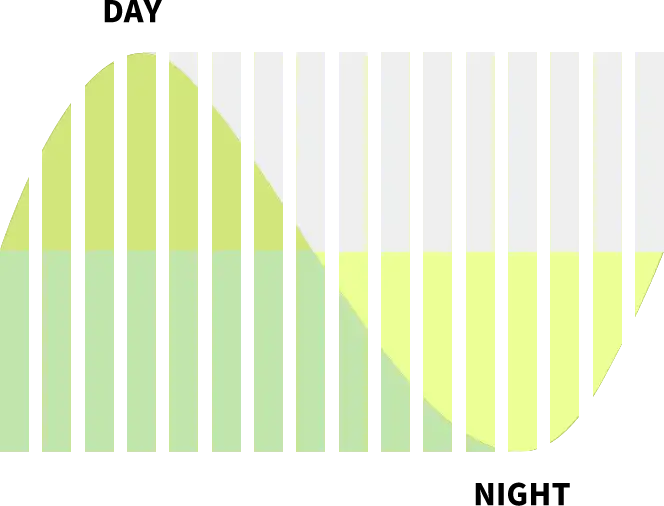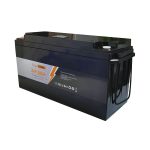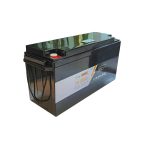12.8V 100Ah 200Ah ISPS series Lifepo4 battery
ISPS series
【100% Protection】Ingotta LiFePO4 battery set you free from battery security issue. It equipped with battery management system (BMS), which protects the battery pack from over charging & discharging, over current, short circuit, and over temp. It is perfect in many off-grid applications, like solar or energy storage system, backup power, RV, security or surveillance systems and more capability of Ampere Time lithium iron phosphate battery is under exploration.
- Built-in Bluetooth module
- 6000 deep cycles
- Built-in BMS
- Maximum discharge 50A
- Widely used in household and commercial energy storage fields
- 5 years warranty

Lithium iron phosphate battery Detail
| Model | ISPS100-12 | ISPS200-12 |
| Rated Capacity | 100Ah | 200Ah |
| Minimal Rated Capacity | 100Ah | 200Ah |
| Nominal Voltage | 12.8V | |
| Life Exception | Higher than 80% of the Initial Capacity of the Cells | |
| Discharge cut-off voltage | 9.2V | |
| Charging cut-off voltage | 14.6V | |
| Cell and assembly method | 4S1P | 4S2P |
| Housing material | plastic housing | |
| Standard charge | 0.2C constant current(CC) charge to 14.6V,then constant voltage (CV)14.6V charge till charge current decline to ≤0.05C | |
| Standard discharge | Constant current 0.5C Cut-off voltage 20.0V | |
| Maximum Charge Current | 20A | |
| Max Continuous Discharge Current | 20A | |
| Peak current | 100Ah | |
| Operation Temperature Range | Charge: 0~55℃ |Discharge: -20~60℃(cell | |
| surface temperature≤80℃) | ||
| Storage Temperature Range | Less than 1 year : 0~25℃ | Less than 3 months:-10~35℃ | |
| Weight | 12Kg | 23KG |
| Max. Dimension | 220mmx173mmx330mm | 240x170x490MM |
| Communication | Bluetooth | |
What can the ISPS series products do for you
Energy storage system
Providing Emergency Backup Power: The peak-shaving and valley-filling mechanism can discharge stored energy during off-peak hours, offering emergency backup power to address unexpected events and safeguard the secure and stable operation of the power grid.
Enhancing the Utilization of Fluctuating Renewable Energies: Energy storage systems can harness renewable energies such as wind and solar to charge batteries during periods of low grid demand. Conversely, during peak demand, the stored chemical energy in the batteries is converted back into electrical energy for discharge. This process significantly improves the utilization rate of intermittent renewable energy sources, ensuring a more efficient integration with the power grid.












